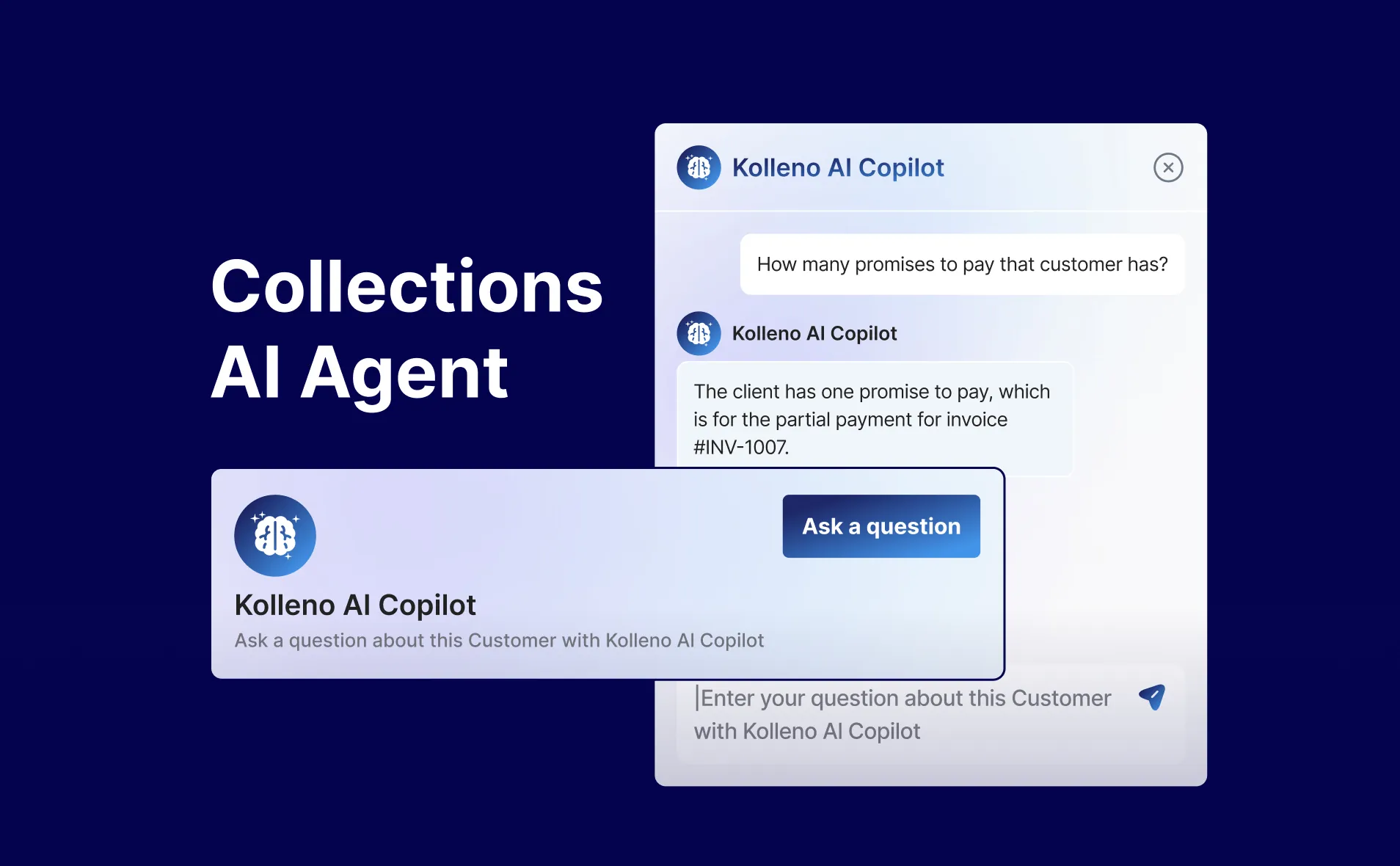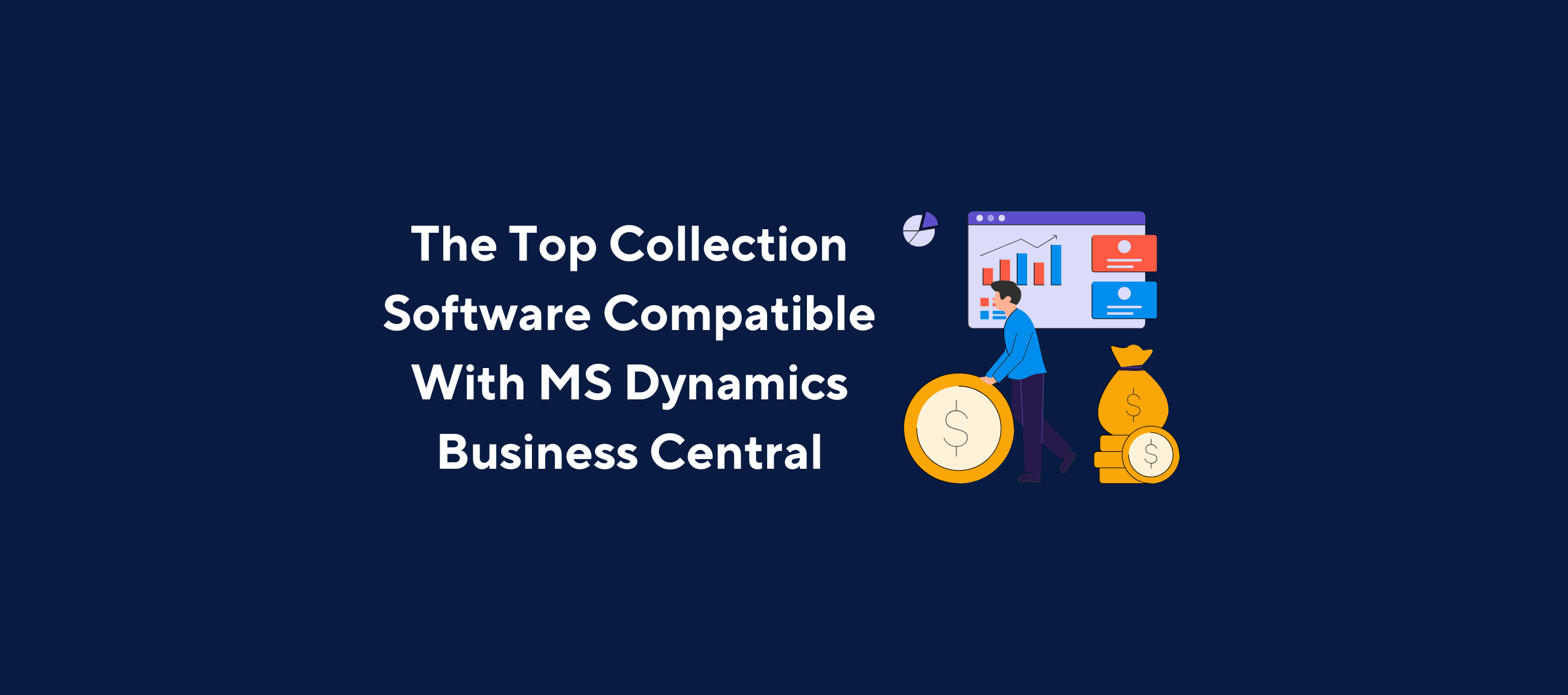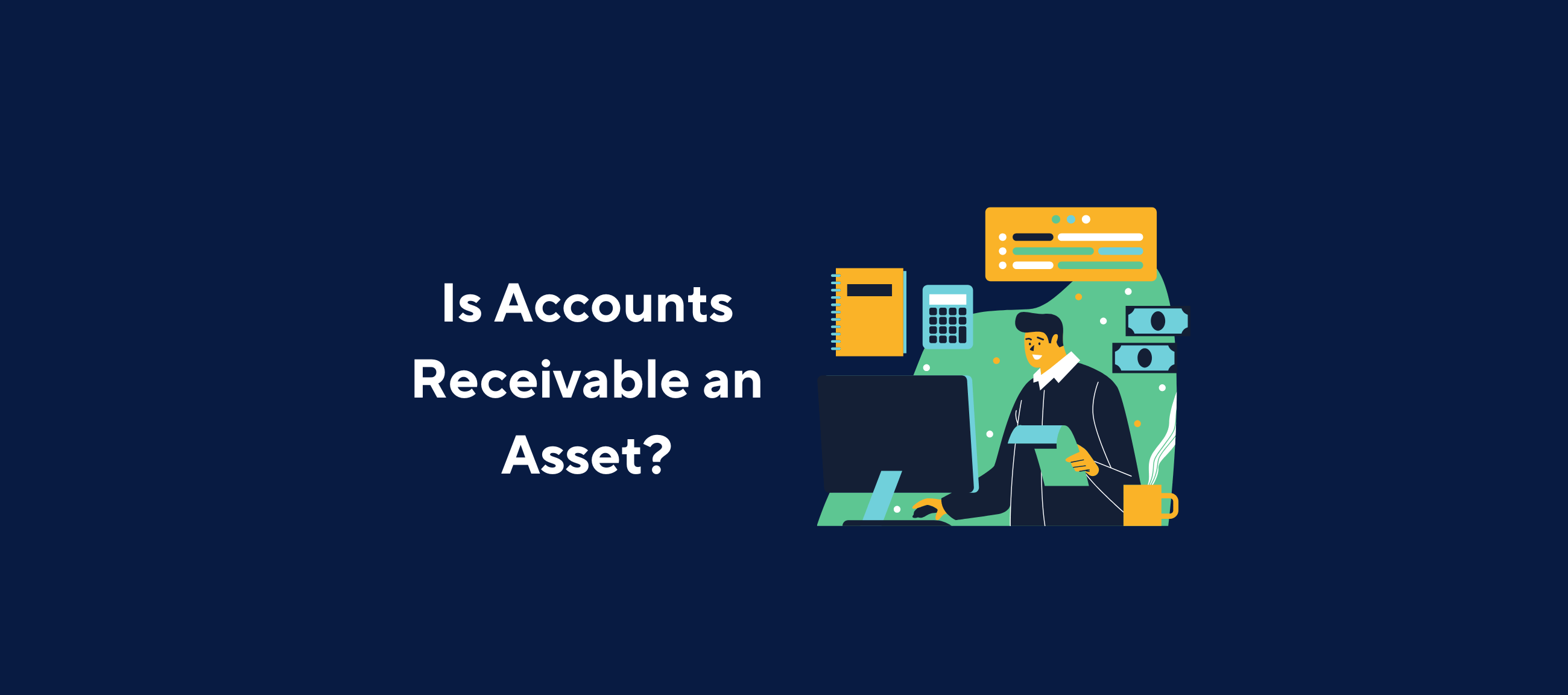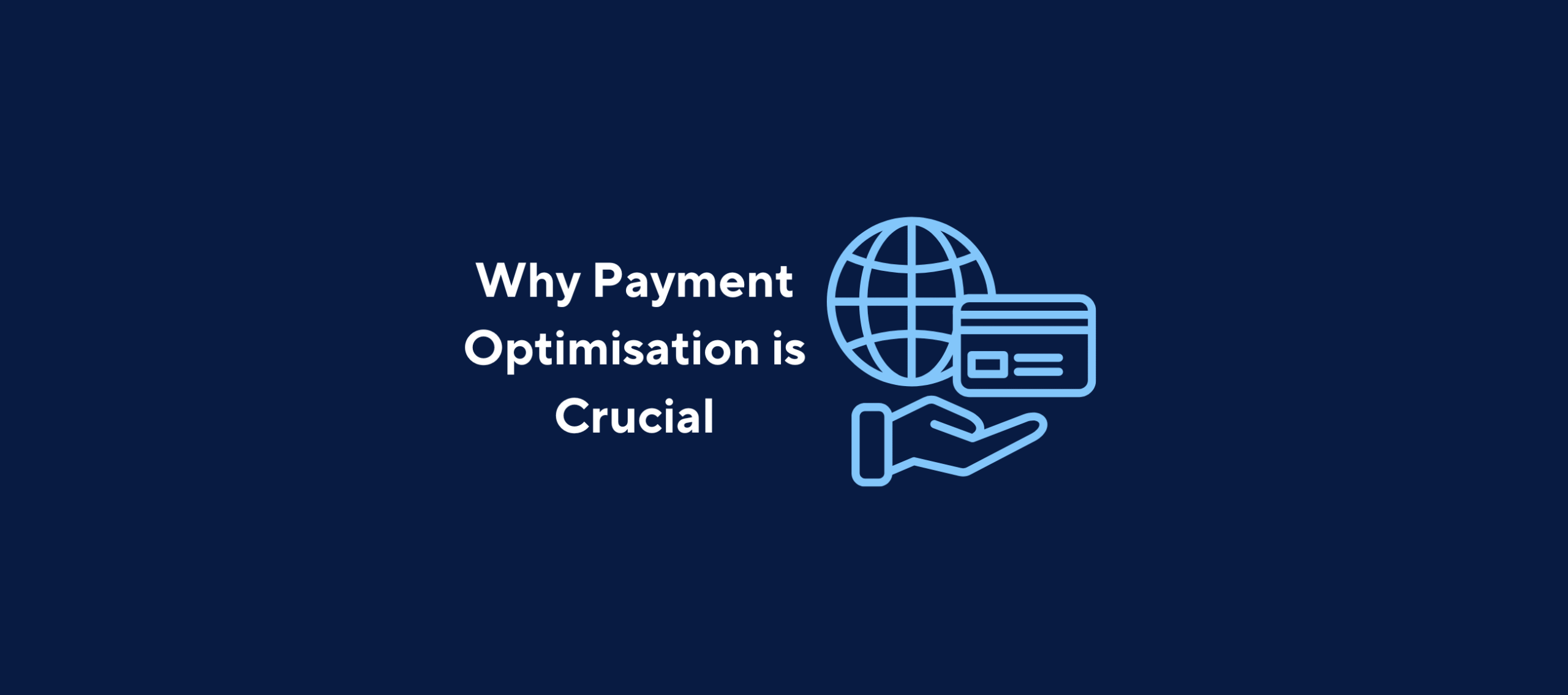What is a Dunning Letter?
The terminology “dun” emerged in the 17th century as an accounting term defined as “to demand payment”. Eventually, this evolved into “dunning letter”, which is a type of letter a business sends a client requesting them to settle a long overdue payment.
Effective dunning letters typically start with gentle reminders and progress to more assertive requests, while maintaining a polite tone. Regardless of the dunning letter’s tone, it should always specify the amount that the client owes, the date on which the past due invoice was generated, the invoice number, as well as any fines or interest penalties associated with making late payments.
If multiple dunning letters fail to elicit a response, companies may shift their approach from maintaining goodwill with the delinquent account to emphasizing the consequences of non-payment. And at some point, the company may choose to discontinue the use of a dunning letter process and shift to relying on personal contacts, pursuing legal action, and/or using payment collection agencies instead, such as Atradius Collections, trusted partner of Kolleno.
How Do a Dunning Letter and a Month-End Statement Differ?
Month-end statements differ significantly from dunning letters or dunning emails. These statements are sent to all clients with unpaid invoices at the end of each month, regardless of whether the payment deadlines are approaching. They provide a comprehensive overview of all outstanding invoices, serving more as a current account status report than a payment collection tool.
While month-end statements can be useful for maintaining transparency, they sometimes create confusion among customers. This confusion may arise when statements include invoices that clients believe they’ve already paid or don’t recognize. Unlike dunning letters, which are targeted reminders for overdue payments, month-end statements offer a broader snapshot of a customer’s financial standing with the company.
It’s important for businesses to clearly differentiate between these two types of communications to ensure effective financial management and maintain positive customer relationships.
What Are the Various Types of Dunning Letters?
Dunning letters can be delivered through various channels, each with its own advantages. Traditional methods include regular mail, registered mail, and overnight delivery, which offer increasing levels of urgency and provide proof of receipt. Electronic methods such as email, fax, or text messages are also used, though they may be less effective than paper-based approaches.
Most dunning letters are generated automatically by computer systems, using pre-configured text and dunning letter templates based on how long an invoice has been outstanding. This automation significantly improves efficiency in issuing payment reminders. However, the accounts receivable team may occasionally adjust the content or timing of these letters to improve collection rates, sometimes using A/B testing to evaluate the effectiveness of changes.
It’s crucial for businesses to be aware of government regulations regarding the level of threat permissible in dunning letters. These rules vary by jurisdiction, so companies must carefully calibrate their payment demands to avoid legal complications. This balance between assertiveness and compliance is essential for effective debt collection while maintaining legal and ethical standards.
Overall, dunning letters remain a vital tool in accounts receivable management, blending automation with strategic human oversight to optimize payment collection processes.
Kolleno AI Copilot can help you to autocomplete the emails with up-to-date information so you can focus on more important tasks and spend less time trying to figure out with who, when, and how to follow up.
Why Are Dunning Letters Essential?
Dunning is often an unpleasant but necessary practice for companies facing long-pending accounts receivables or past-due invoices. While late payments can result from various understandable factors, such as clients experiencing cash flow issues, transaction failures, or simple forgetfulness, businesses ultimately rely on timely revenue to sustain their operations. This reality sometimes forces business owners to take all necessary measures to ensure their company’s survival.
Beyond their primary role as payment collection tools, dunning letters serve additional important functions. They can help companies reduce their days sales outstanding (DSO) ratio, thereby improving operating cash flow. Moreover, these letters play a crucial role in conveying a company’s professionalism and commitment to its business practices. By implementing a structured dunning process, firms demonstrate to their customers that they take their financial relationships seriously, balancing the need for payment with maintaining positive customer relations.
In essence, while dunning may be uncomfortable, it’s a vital component of financial management that helps businesses maintain financial health and reinforce their professional standing in the marketplace.
What Does the Dunning Letter Preparation Process Traditionally Look Like?
The traditional dunning letter preparation process typically involves several steps based on the payment amount and the duration of the overdue invoice. Here’s an overview of the process:
Identifying Overdue Client Accounts
The first step is to generate an accounts receivables aging report indicating all the pending invoices, the amount due for each of them, and the period in which it has been past due. Generally speaking, aging reports segment different delinquent accounts by 30 days, between 30 and 60 days, between 60 and 90 days, and above 120 days since the payment due date.
Generating a Client Contact List
Having prepared the aging report, the company will then draw up a list of clients to contact. In some situations, certain business owners may prefer reaching out first to customers with the highest overdue amount. On the other hand, some company owners may instead choose to prioritize collecting payments from accounts that are the longest overdue. This is where the aging report can help firms to select the appropriate clients to reach out to, based on management’s preferences or strategies.
Preparing and Delivering the Dunning Letters
After determining the appropriate customer accounts, companies then begin the formal collections process. In short, generating and sending the dunning letters. To ensure that the recipient doesn’t miss out on the letter, firms may opt to deliver an electronic version of their letter on top of a paper-based one.
Escalating the Payment Issue to Third-Party Organisations
If multiple dunning letters prove ineffective in recouping the outstanding payments, companies may escalate their collection efforts. This escalation typically involves two main approaches:
1. Personal Visits: The company may send representatives to the client’s office to discuss the overdue payment in person. This direct approach can often lead to immediate resolution or at least a clear understanding of the situation.
2. Third-Party Involvement: Alternatively, the company might engage external professionals such as attorneys or appropriate credit agencies. These specialists have experience and resources dedicated to recovering overdue payments.
Both methods represent a significant step up in the collection process, signaling the company’s seriousness about receiving payment. While potentially more effective, these approaches also carry risks of damaging client relationships or incurring additional costs. Therefore, businesses must carefully weigh the benefits against potential drawbacks before escalating to these levels.
How Has the Dunning Letter Preparation Process Evolved in Modern Times?
The dunning letter preparation process has evolved significantly over time. Traditionally, it involved a series of escalating communications, from gentle reminders to explicit warnings or threats. This manual approach, while effective to some degree, was often time-consuming and resource-intensive.
The advent of Software-as-a-Service (SaaS) solutions has revolutionized this process, bringing unprecedented efficiency to corporate collections. This shift towards automation represents a significant improvement in accounts receivable management, allowing businesses to handle collections more effectively while maintaining positive client relationships.
Benefits Of Using an Automated Dunning Letter Preparation Software
Automated dunning letter preparation software offers numerous benefits to companies managing their collections process. Here are the key advantages:
1. Reduced Involuntary Churn Rate: Involuntary churn often occurs due to oversights, expired cards, or unforeseen payment issues rather than intentional non-payment. Automated dunning solutions address this by generating timely payment reminders, allowing customers to take necessary action and pay on time. This proactive approach significantly reduces instances of unintended payment lapses.
2. Improved Client Retention Rates: Many automated dunning solutions offer smart retry functionality for payments. This feature provides clients with a more positive experience when settling their bills, as it allows for multiple attempts to process payments before escalating to more serious collection methods. The improved payment experience can significantly boost client retention rates and foster loyalty to the business.
3. Consistency and Efficiency: Automated systems ensure that all customers receive consistent, professionally crafted communications at predetermined intervals. This consistency eliminates human error and reduces the workload on finance teams.
4. Customization and Scalability: Modern dunning software often allows for customization based on client history, payment amounts, or other factors. It can also easily scale with company growth, handling an increasing volume of accounts without a proportional increase in resources.
5. Data-Driven Insights: Many automated systems provide analytics and reporting features, offering insights into payment trends, effective communication strategies, and areas for improvement in the collection process.
One example of such a solution is Kolleno, a smart credit control software designed for finance professionals. Kolleno’s interface is both simple and powerful, boasting a 90% successful recovery rate for payments. It can be customized to meet various finance and credit control needs, making it an effective tool for modernizing credit control processes and fueling company growth.
By leveraging these automated solutions, companies can significantly improve their dunning process efficiency, reduce revenue loss, and maintain better relationships with their clients.
Final Thoughts
Drafting and sending dunning letters is a crucial yet often challenging aspect of accounts receivable management. While unpleasant, this process is essential for maintaining positive cash flow. The advent of automated dunning software has revolutionized this task, offering solutions that minimize delinquent accounts and reduce failed payments.
Platforms like Kolleno, a smart credit control solution, exemplify how these tools can safeguard revenue collection while nurturing strong client relationships. By leveraging such automated systems, businesses can transform their dunning process from a necessary burden into a strategic asset.
This modernization not only improves financial outcomes but also enhances customer experiences, striking a delicate balance between efficient collection and positive client interactions. Ultimately, adopting these innovative solutions allows companies to focus on growth and development while ensuring a stable financial foundation.
Key Points
- In an ideal world, customers would always pay their invoices on time and in full. However, in reality, businesses often need to remind clients to pay, especially in business-to-business (B2B) models where credit terms are common.
- Dunning letters are payment collection notices sent to customers, informing them of overdue debts/outstanding payments. The accounts receivable department uses these letters to collect past-due payments and reduce delinquent accounts.
- Customers may pay late for various reasons. These include cash flow problems, forgetfulness, and unclear payment terms on invoices
- A streamlined payment collection process is often the most effective solution to address delayed payments.
- Dunning letters are a practical tool that helps businesses prevent delinquent accounts, manage days sales outstanding (DSO), and improve operating cash flow
To further optimize this process, businesses can use smart credit control platforms like Kolleno. These platforms integrate communication, accounting, and payment solutions in one place, making it easier to collect overdue invoices efficiently.
Frequently Asked Questions (FAQs)
What Is a Dunning Letter?
A dunning letter is a reminder sent to a client specifying that they have some overdue payments that need to be made to the company as soon as possible. In most situations, dunning letters usually follow a progression from gentle payment reminders to a stricter request for debt settlement if the client remains unresponsive despite the multiple letters.
How Did Dunning Letter Get Its Name?
In essence, the term “dunning” is associated with the procedure of reaching out to clients in order to collect the debts or accounts receivables that they owe to a company. This word had its origins in the 17th-century term “dun”, which is defined as “the demand of payment for a debt”.
What is Automated Dunning?
Automated dunning draws reference to the use of an automated accounting software that is created specifically to help firms manage their payment or accounts receivable collection protocol. This is to make sure that the company does not lose out on any hard-earned money. With that, utilizing an automated dunning solution may offer a source of protection for businesses against most involuntary customer payment churn that often takes place as a result of failed sales transactions.
- What is a Dunning Letter?
- How Do a Dunning Letter and a Month-End Statement Differ?
- What Are the Various Types of Dunning Letters?
- Why Are Dunning Letters Essential?
- What Does the Dunning Letter Preparation Process Traditionally Look Like?
- How Has the Dunning Letter Preparation Process Evolved in Modern Times?
- Benefits Of Using an Automated Dunning Letter Preparation Software
- Final Thoughts
- Key Points
- Frequently Asked Questions (FAQs)










